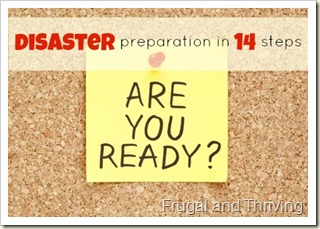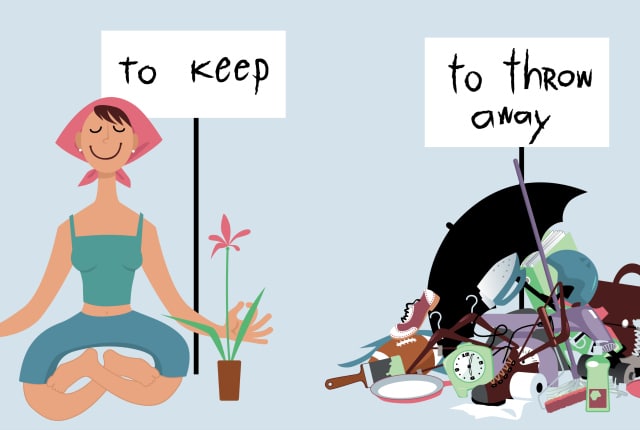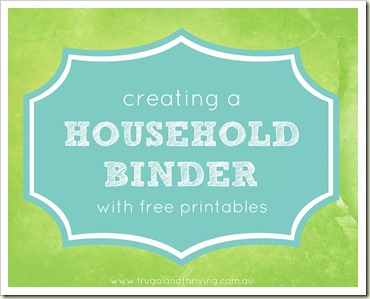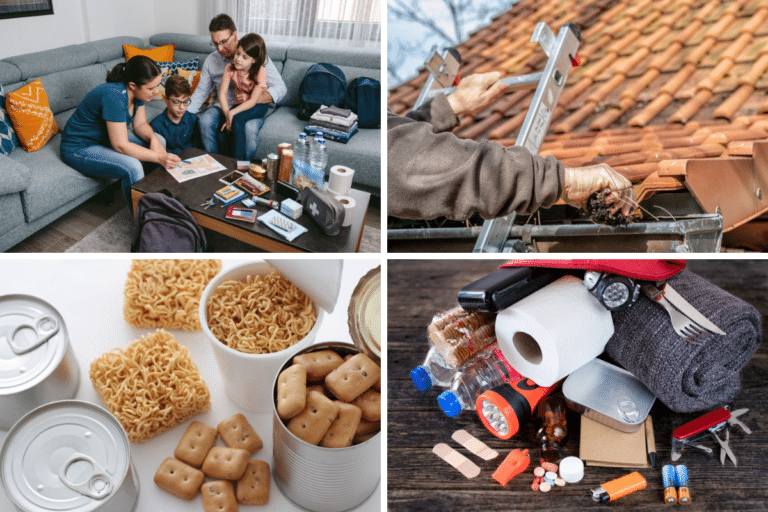are you covered? updating your insurance {disaster prep step 1}
This website may earn commissions from purchases made through links in this post.

If the worst happens, if your home is damaged or destroyed, can you afford to rebuild and replace its contents?
Startlingly, the answer is probably no.
According to the Australian Securities and investment Commission, up to 81% of Australians are underinsured.
If you are underinsured and your home is damaged or destroyed, the insurance payout will fall short of the cost to rebuild and you will have to pay for the difference out of your own pocket. This could cost you thousands or tens of thousands of dollars.
“[A Suncorp survey found that] homes were underinsured by an average 20 percent – equivalent to $65,000 for a house valued at $325,000” [source].
Adequate insurance plays a vital roll in financial resilience: it allows you to more easily bounce back if your home is damaged during a natural disaster.
Here are some tips on making sure you’re not underinsured. These are general tips and not advice. You should definitely consult a professional insurance broker or insurance provider for personal advice.
calculating your cover – home insurance
One of the reasons that many people are underinsured is because it’s quite difficult to accurately estimate rebuilding costs.
Cost of building materials, cost of labour, fixtures and fittings, demolition and rubbish removal costs (to remove old home), architecture costs, council costs, legal costs, fencing, landscaping, whether your land is sloped, and a whole bunch of other things, all have to be accounted for when estimating your insurance coverage.
There are online calculators that can help you to estimate your insurance coverage, but these vary widely. The key word here is estimate.
To give you an idea, I ran our own details through five different calculators and returned sum insured estimates between $150,000 and $400,000.
On the other hand, it isn’t feasible to get a surveyor in to accurately calculate the cost of rebuilding, and the alternative is guessing, so an online calculator is a good way to get an idea of how much you should be insuring your house for.
TIP: If you live in a building where the body corporate covers the insurance, double check what items fall under the body corporate’s insurance and what items you will have to cover under your contents insurance. Paint, for instance, is covered by body corporate insurance in some states of Australia but not others.
Using an online calculator to calculate home insurance coverage
It’s a good ideas to use at least three online calculators to estimate your sum insured.
The best calculators use an ‘elemental estimating’ method of calculating sum insured. This method asks you lots of questions about your property as opposed to just calculating your insurance needs based on the number of square metres of your property.
Katie, from Get Informed Insurance, recommends the Cordell residential calculator; but many of the other major insurers now use the ‘elemental estimating’ method of calculation – try the Suncorp and Commbank calculators as well as the one provided by your own insurer.
Make sure you read the fine print on the calculators. Some don’t include estimates on architect’s fees, for instance.
Just remember the three rules of estimating your insurance using an online calculator:
- Use at least three calculators
- Use calculators that ask lots of questions about the specific details of your property; and
- Read the fine print
calculating your cover – contents insurance
You can also use online calculators like this one to estimate the sum insured for your contents.
Again, it can be difficult to estimate correctly the value of your contents. Many people forget to include the value of things such as books, CDs, crockery and curtains for instance.
It all adds up.
It’s also important when estimating the value of your contents to check your policy’s single item limits. For example, your insurer may limit the replacement value of electronics to $1,000. If the value of your electronics is more than this, you will have to let your insurer know, otherwise you will not be adequately covered.
Whether or not you use an online calculator to estimate your sum insured, it’s also a good idea to make an inventory of your goods. Take photos of the things you own, especially anything of particular value, and store them in a safe place with receipts and serial numbers or better yet, use an online service like Dropbox (scan receipts). Alternatively, you could just take a video of your house and upload it to YouTube as ‘private’.
You can also use a phone app to inventory your contents, like the free Insurance Tracker from Know Risk.
when should you update your insurance coverage
You should recalculate and update your insurance at least once a year upon renewal. The reason you need to update it every year is to adjust for increases in building costs or in the case of contents insurance, to cover any items that you’ve purchased over the year.
Apart from updating your insurance once a year, you should also update it if you conduct any major renovation like extending the house, installing a swimming pool, or adding a patio or if you’ve made any major purchases – things like new appliances, furniture, electronics or jewellery.
Are you covered for relevant disasters?
You should always read the PDS of potential insurers before taking out an insurance policy.
Check that you are covered for relevant disasters and compare the fine print between insurers before signing up.
Also, make sure you understand the definition of each term by asking questions.
keep your insurance papers safe and accessible
I’ll be talking about emergency evacuation kits next week, but in the mean time, make sure your papers or copies of them are readily accessible so that you can grab them if you need to evacuate.
It’s also a good idea to keep copies of your papers somewhere other than your house or you can keep copies online using Dropbox or Evernote for easy access.
saving on premiums
If you’re making adjustments to your sum insured, chances are your premium will go up. Save money on your insurance premiums by shopping around and getting the best deal.
Adjusting the excess will also reduce your premium, just make sure you save the excess amount in your emergency fund.
a note on car insurance
Double check the value that your car is insured for? Is it at market value or agreed value? If it’s at agreed value, is it enough?
And finally…what to do in the event of a disaster
- Contact your insurer straight away to lodge a claim, before you do any clean up. Ask them to explain the claim process and take notes. You will also need to write down your claim number; use this number to call back if you have further questions.
- Take photos before cleaning up and make a list of things that are damaged to assist your claim.
- Start cleaning up.
- Check with your insurer before authorising any repairs or employing any trades people.
summary action plan
Phew, that’s a lot to take in!
But…it should only take you an hour or so to check an update your insurance, and doing so could mean the difference between rebuilding or finding yourself without a home in the case of a disaster.
Here’s a summary:
- Run your details through a few Australian home insurance calculators (make sure they ask lots of questions, not just how many square metres your house is). Compare their estimates to your current sum insured.
- Do the same for your contents insurance.
- Double check the sum insured for your car insurance.
- Read the PDS of your current insurer(s) and make sure you are covered for relevant disasters and that you understand the definition of terms.
- Call your insurer and update your insurance as necessary. Ask any questions you might have after reading the PDS.
- File your insurance papers in a safe but readily accessible place.
- Shop around at your next renewal.
And then later when you have a bit more time…
- Take some photos of your contents and make an inventory.
- Upload your photos along with copies of receipts, serial numbers and insurance papers to an online service like Dropbox or Evernote.
When was the last time you checked your insurance? Do you feel confident that you are adequately covered?







I totally agree that we as a nation seem very under-insured. I updated all my life insurances at once using My Commission Refunds, a DIY Insurance service. I get all of my commissions back as well on the cover so very happy with that!